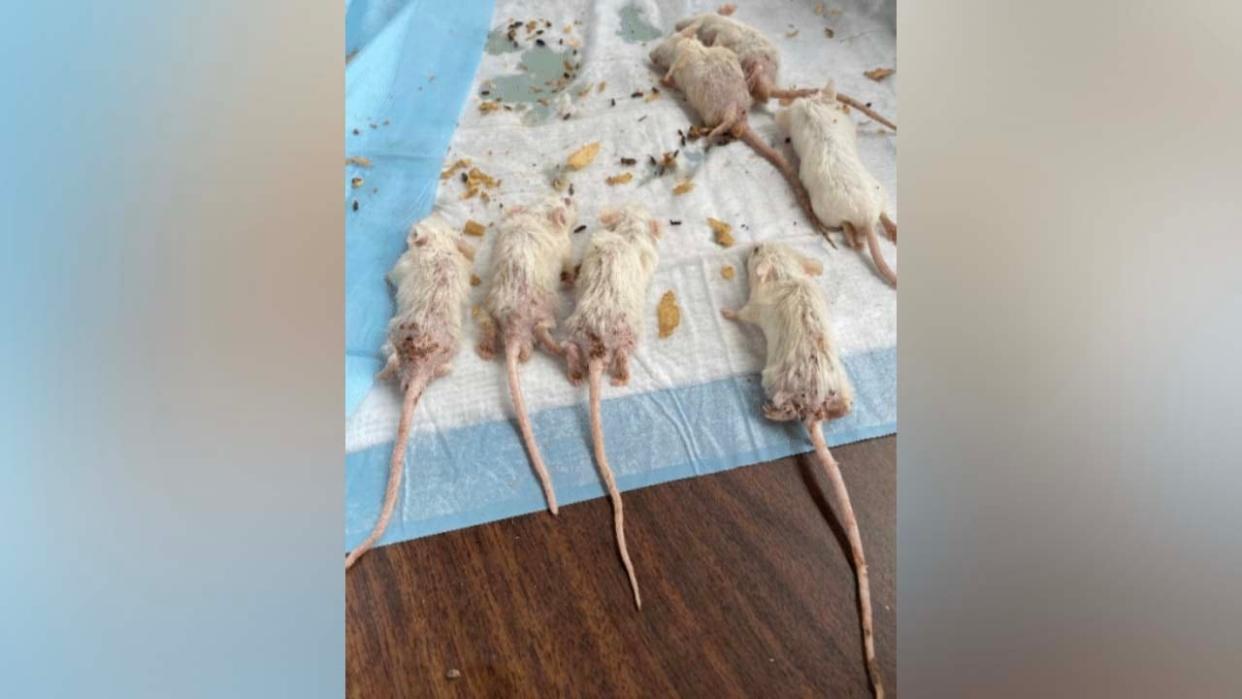KIMMY YAM
November 16, 2023

Hannah Beier
Dozens of Asian American organizations sent a letter to Congress this week to protest the reauthorization of Section 702, a controversial surveillance statute that critics say could be used to racially profile communities of color.
A coalition of 63 organizations, led by several Asian American groups including the Asian American Scholar Forum and Stop AAPI Hate, urged lawmakers to reject a short-term extension of the statute, which gives U.S. intelligence agencies the authority, without a warrant, to acquire communications of non-Americans who use American communications platforms.
With the program slated to expire by the end of the year, lawmakers will have to decide on its future. But the organizations argue that the surveillance has previously been used against Asian Americans, including Chinese American professor Xiaoxing Xi, who was arrested in May 2015 and falsely accused of spying for China before his case was dropped months later.
“Part of the reason why his case inspires so much concern is … the fear that the methods that were used on Dr. Xiaoxing Xi are being used against the Asian American scholar community as a whole,” Gisela Perez Kusakawa, executive director of the Asian American Scholar Forum, told NBC News. “The existing surveillance authority that the government has needs appropriate checks and balances so that racial profiling does not take place.”
The groups instead called for Section 702 and its renewal to be examined through separate legislation so it is “subject to open debate and amendment.” They also advocated for a floor vote on the Government Surveillance Reform Act of 2023, a bipartisan bill introduced earlier this month that would reform Section 702 by requiring warrants for the government purchase of private data, among other major changes.
The coalition argued that the statute has been “misused” to spy on Americans in the past. A court order showed that the FBI improperly searched for information in Section 702 databases more than 278,000 times in 2020 and early 2021 to look into Americans who participated in protests following the murder of George Floyd, among others.
In the case of Xi, the FBI relied on the statute to surveil his communications with colleagues in China without a warrant, a 2017 complaint shows. These communications were cited by the government in court papers when Xi was arrested. And the professor was subsequently threatened with up to 80 years in prison and a fine of up to $1 million before the case collapsed.
While data on the use of Section 702 on Asian American scientists like Xi is scarce, the professor is one of several Asian American scientists who have been falsely accused of espionage.
“The consequences of such misuse have had a profound impact on our Asian American community, resulting in wrongful targeting, unjust surveillance, and devastating tolls on careers, livelihoods, and reputations,” the letter read. “This disproportionate targeting has fostered a climate of fear among Asian Americans and their families, causing anxiety about being stopped, monitored, or investigated while engaging in everyday activities.”
The coalition previously wrote to Congress in September, opposing Section 702 without reforms and underscoring the impact that historical discrimination and “unrestrained national security programs” have had on the Asian American community.
“During World War II, over 120,000 U.S. residents of Japanese ancestry were incarcerated in remote detention camps in the name of ‘national security’ in what was one of the darkest stains in our nation’s history,” the coalition wrote. “Yet history continues to repeat itself from the treatment of Arab, Middle Eastern, Muslim, and South Asian (AMEMSA) communities post 9/11 to the current hate, violence, and bigotry against Asian Americans.”
Kusakawa said her organization recognizes legitimate threats to U.S. national security, but that a stronger system of checks and balances is necessary to ensure civil rights protections.
“When we lack the sufficient protections, when we lack these guardrails, it results in a chilling effect that leads to a loss of talent and trust in our country,” Kusakawa said. “When we lose talent, we lose all of those significant innovations and rich contributions of the Asian American scholar community.”


















